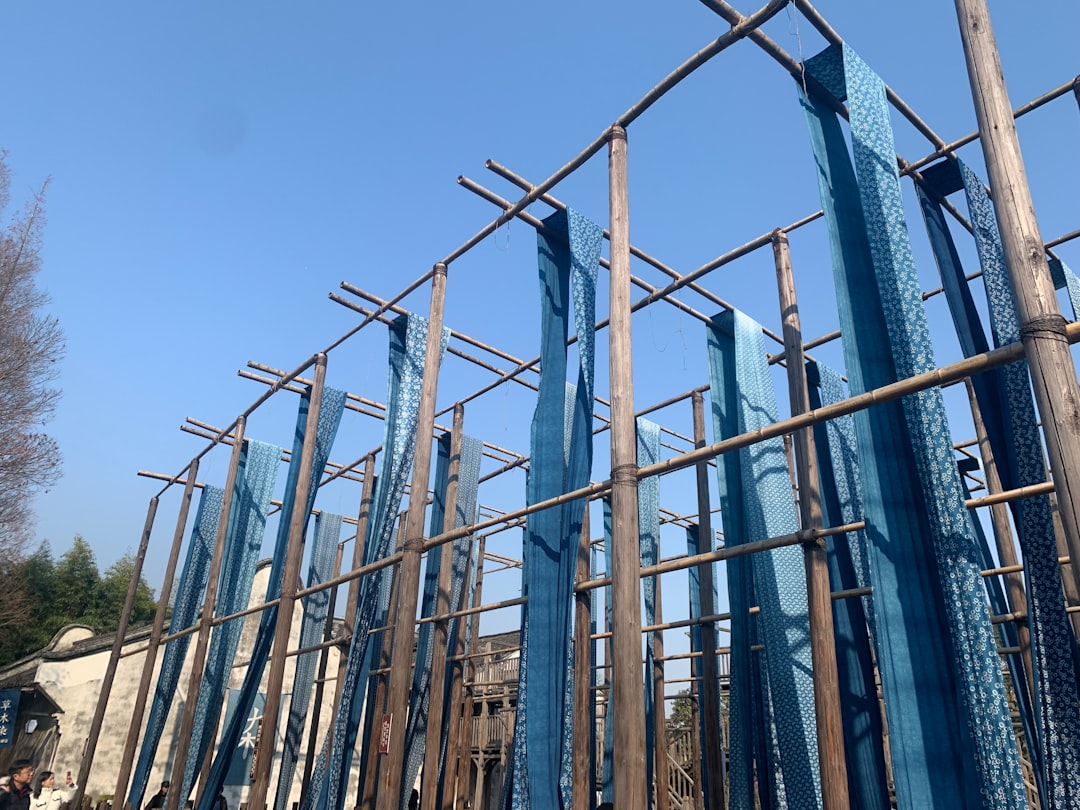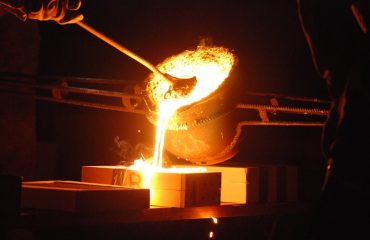The construction industry is undergoing a significant transformation, driven by the increasing demand for faster, more efficient, and sustainable building solutions. At the forefront of this revolution are prefabricated steel structures, offering a compelling alternative to traditional construction methods. This comprehensive guide delves into the world of prefabricated steel, exploring its advantages, design considerations, construction process, diverse applications, and the exciting future it holds.
The Unbeatable Advantages of Prefabricated Steel Structures
Prefabricated steel structures boast a multitude of advantages that make them a highly attractive option for a wide range of projects. One of the most significant benefits is speed of construction. Because the components are manufactured off-site in a controlled environment, the on-site construction time is drastically reduced. This translates to faster project completion, reduced labor costs, and earlier occupancy. Furthermore, steel’s inherent strength allows for the creation of larger, more open spaces with minimal internal support columns, maximizing usable area. Steel is also highly durable and resistant to various weather conditions, ensuring longevity and minimizing maintenance requirements. Its recyclability contributes to its environmentally friendly profile, making it a sustainable choice for conscious builders.
Designing for Strength and Efficiency: The Prefab Steel Design Process
The design phase of a prefabricated steel structure is crucial for ensuring its strength, efficiency, and overall success. Detailed engineering calculations and sophisticated software are employed to optimize the design for specific site conditions, load requirements, and aesthetic preferences. This meticulous planning ensures that all components are precisely fabricated to fit together seamlessly on-site, minimizing errors and delays. The design process also incorporates considerations for transportation and handling of the prefabricated modules, ensuring safe and efficient delivery and assembly. Furthermore, architects and engineers can collaborate closely during the design stage, incorporating innovative design features and sustainable building practices.
From Factory Floor to Finished Building: The Construction Process
The construction process for prefabricated steel structures differs significantly from traditional methods. The fabrication process begins in a controlled factory environment, where steel components are precisely cut, welded, and treated according to the design specifications. This controlled environment ensures high-quality workmanship and minimizes the impact of weather conditions. Once fabricated, the components are transported to the construction site, where they are assembled using efficient techniques like bolted connections, minimizing the need for extensive on-site welding. This modular approach allows for quicker assembly and reduces the overall construction timeline. The final stages involve finishing touches, including cladding, insulation, and internal fit-outs, transforming the steel frame into a functional and aesthetically pleasing building.
A Universe of Applications: Where Prefab Steel Structures Excel
The versatility of prefabricated steel structures makes them suitable for a wide range of applications. From commercial buildings like warehouses, offices, and retail spaces to industrial facilities such as factories and workshops, steel structures provide robust and adaptable solutions. They are also increasingly popular for residential projects, offering customizable designs and rapid construction times for homes and apartments. Furthermore, prefabricated steel is utilized in infrastructure projects, including bridges, stadiums, and even temporary structures for events. The ability to customize the design and incorporate various finishes makes steel structures adaptable to diverse architectural styles and project requirements.
The Future of Prefabricated Steel: Innovation and Sustainability
The future of prefabricated steel structures is bright, driven by continuous innovation and a growing focus on sustainability. Advancements in steel manufacturing techniques are leading to stronger, lighter, and more cost-effective materials. The integration of smart technologies, such as building information modeling (BIM) and sensor-based monitoring systems, is enhancing design efficiency and improving building performance. Furthermore, the industry is actively exploring sustainable practices, such as using recycled steel and incorporating energy-efficient design features to minimize the environmental impact of these structures. The combination of technological advancements and a commitment to sustainability ensures that prefabricated steel structures will continue to play a significant role in shaping the future of the built environment.
In conclusion, prefabricated steel structures offer a compelling solution for the modern construction industry, combining speed, efficiency, durability, and sustainability. Their versatility makes them suitable for a wide range of projects, while ongoing innovations promise even greater advancements in the years to come.




